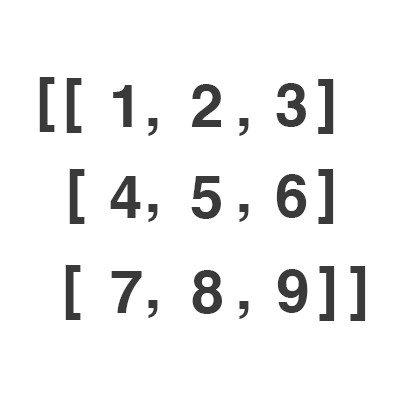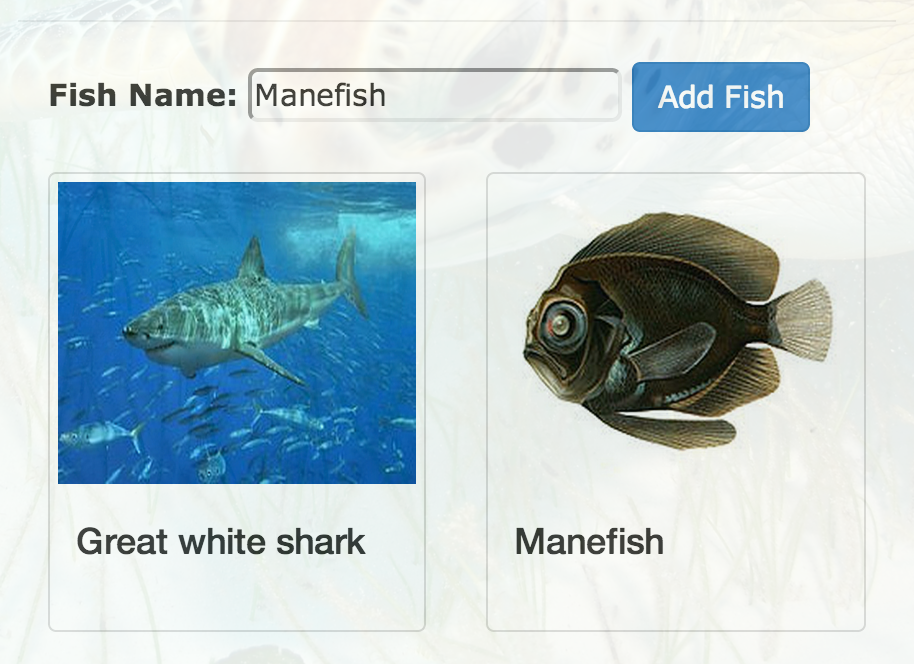On Teaching and Patience
I’ve just finished teaching two back-to-back web development summer camps for high school students at the Flatiron School, and was recently hired as a full-time instructor for the upcoming Flatiron after-school coding program. I’m incredibly excited to be back in the classroom, working with great students, a strong team, and interesting content. As such, I’m going to pivot here for a while and post insights, best practices, and thoughts on teaching kids to code.
Today I’d like to talk about teaching – and practicing – patience. It’s one of those intangible soft-skills that you’re automatically supposed to have as a teacher. We preach the virtues of patience in class on a daily basis. We are supposed to be able to sit with a student who ‘isn’t getting it’ for as long as it takes, until a concept clicks and suddenly everything is clear. Teachers are the epitome of patience, right?
Read on →


